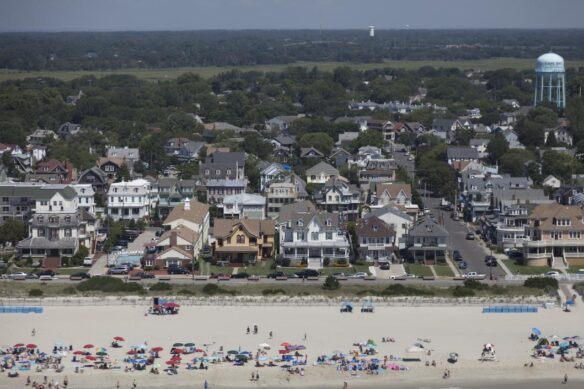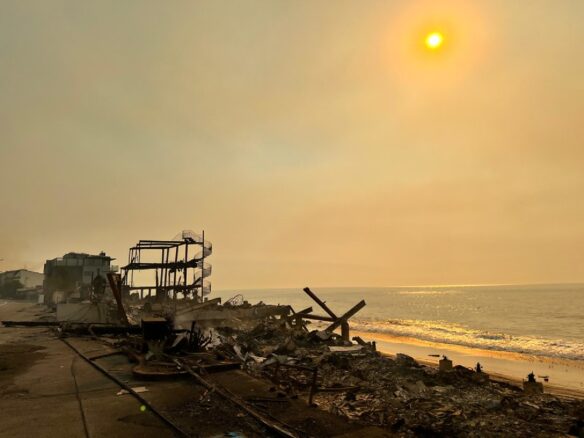Excerpt:
The government is refusing to restore eroded beaches in coastal Florida counties unless homeowners agree to one condition: public access.
Lisa Hendrickson is almost out of sand.
Hendrickson is the mayor of Redington Shores, Florida, a well-heeled beach town in Pinellas County. Her town occupies a small section of a razor-thin barrier island that stretches down the western side of the sprawling Tampa Bay metro area, dividing cities like Tampa and St. Petersburg from the Gulf of Mexico. Many of her constituents have an uninterrupted view of the ocean.
The town’s only protection from the Gulf of Mexico’s increasingly erratic storms is a pristine beach that draws millions of tourists every year — but that beach is disappearing fast. A series of storms, culminating in last fall’s Hurricane Idalia, have eroded most of the sand that protects Redington Shores and the towns around it, leaving residents just one big wave away from water overtaking their homes.
This standoff highlights growing tensions between the federal government and homeowners in coastal areas that are threatened by climate change. As sea levels have risen and strong storms have caused greater damage than ever before, the costs of protecting and insuring beach fronts in Florida and other states have increased rapidly. Agencies like the Corps have had to weigh these costs against the interests of property owners in places like the Tampa Bay region. When those interests come into conflict, populated coastal areas can be left exposed or uninsured, making them sitting ducks for the next climate-fueled storm…
Andrew Youngman, the property manager at the Sea Oats resort condominium in Redington Shores, says the board of his 40-unit building was initially eager to grant the Corps an easement for beach nourishment last year. But when residents learned they wouldn’t get new sand unless the county secured easements from all property owners, they figured it would never happen, so they never finished the paperwork. Since then, Youngman has watched the area around his property erode…
Rob Young, a professor of geology at Western Carolina University and a frequent critic of beach nourishment projects, says Pinellas County should fund the nourishment itself through sales tax increases rather than relying on the federal government to pay for new sand. He pointed out that some beach towns on the Outer Banks of North Carolina have taxed tourism to pay for sand after the federal government stopped covering the costs.
“For a lot of people, the privacy is more important to them than the risk of destruction,” he said, referring to residents who refused to grant easements. “The solution is very easy — pay for your own risk…”









